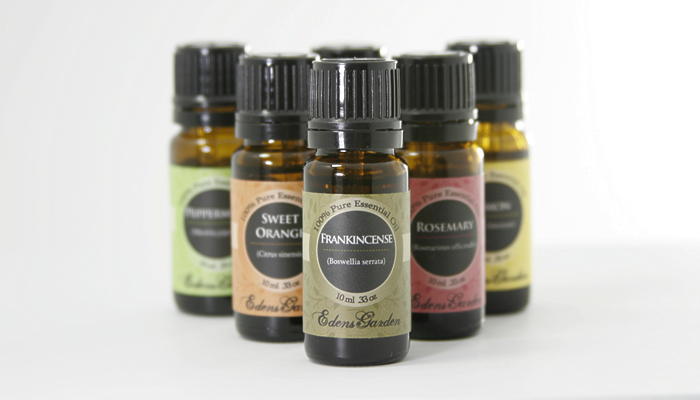The use of essential oils and aromatherapy is becoming increasingly popular. Essential oils have many wonderful therapeutic properties. Different chemical compounds in the oils lead to different properties. These properties can range from calming effects to antibacterial to healing functions.
There is also some concern regarding the safety of these products. Most information suggests that essential oils should not be used on cats. However, there are people who have been using essential oils on their cats without problems.
In general, dogs are more tolerant of essential oils as compared to cats. Horses absolutely love essential oils – sometimes trying to lick the contents out of the bottle.
Aromatherapy can be very positive and very beneficial for many animals. However, essential oils should not be used in any species without giving thought to the animal. Just as with humans, certain medications or oils are better tolerated by some than others. Recently, I’ve had two cases where dogs have become ill after their owner applied essential oils to their dog’s body. Both of these dogs are otherwise healthy; both dogs became lethargic, would not eat, and had changes in their blood work after the exposure to the essential oil. Every now and then there are patients who are sensitive to essential oils. So, proceed with caution and enjoy the great smells that are available.
Here are a few ways you may begin using oils with your pet:
- You can place a couple of drops of lavender on a cotton ball and dab it on a cut for an anti-bacterial benefit.
- Lavender can also be used to calm (you and) you pet. Just place a couple of drops in your hands, rub your hands together and then rub your hands over the dog’s muzzle, head and ears.
- Diffuse a proprietary antiviral oil (I use Thieves from Young Living.) to purify the air in your home. Flu season for humans is flu season for pets. This diffusing will keep the air in your home healthier.

